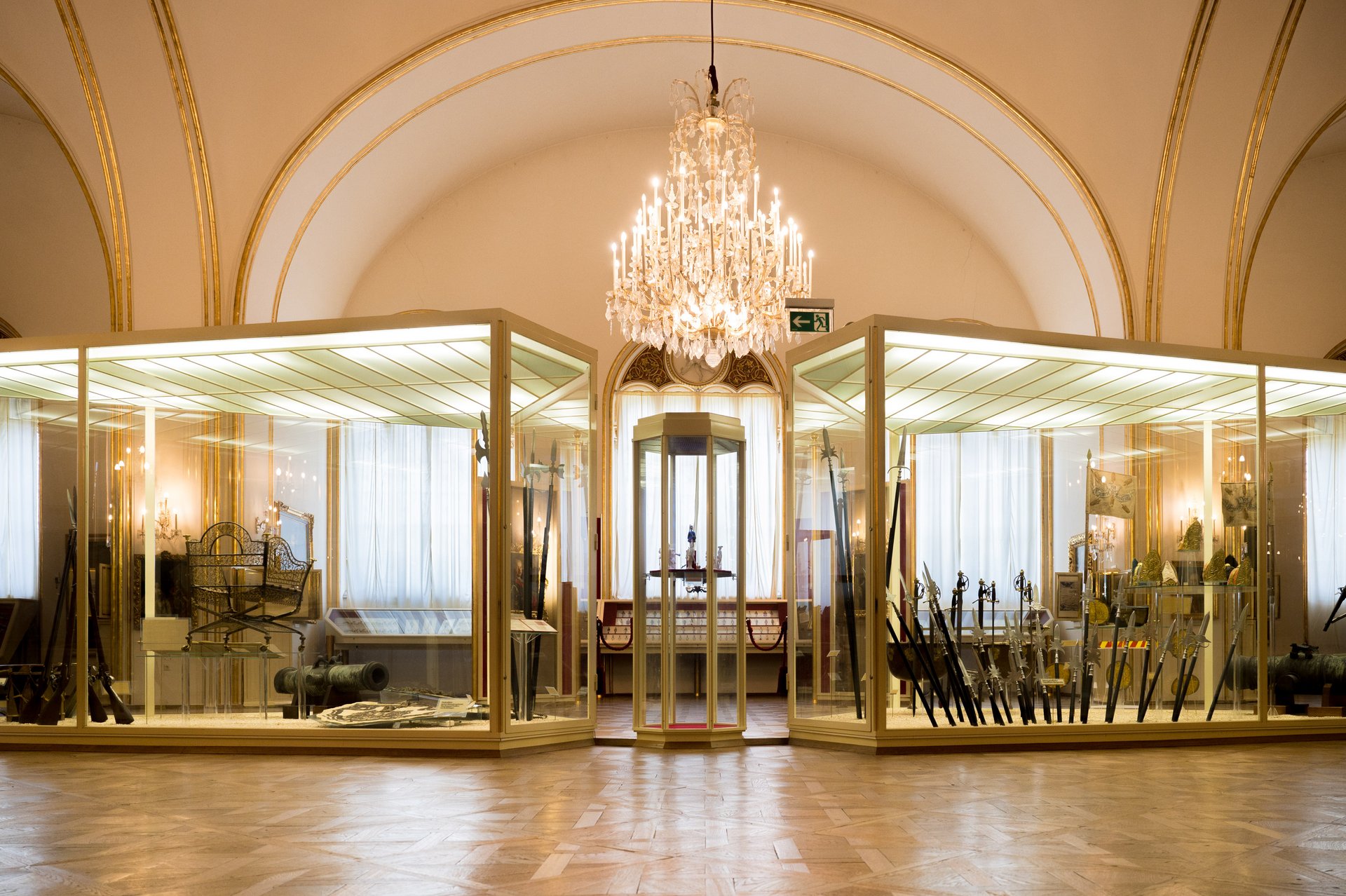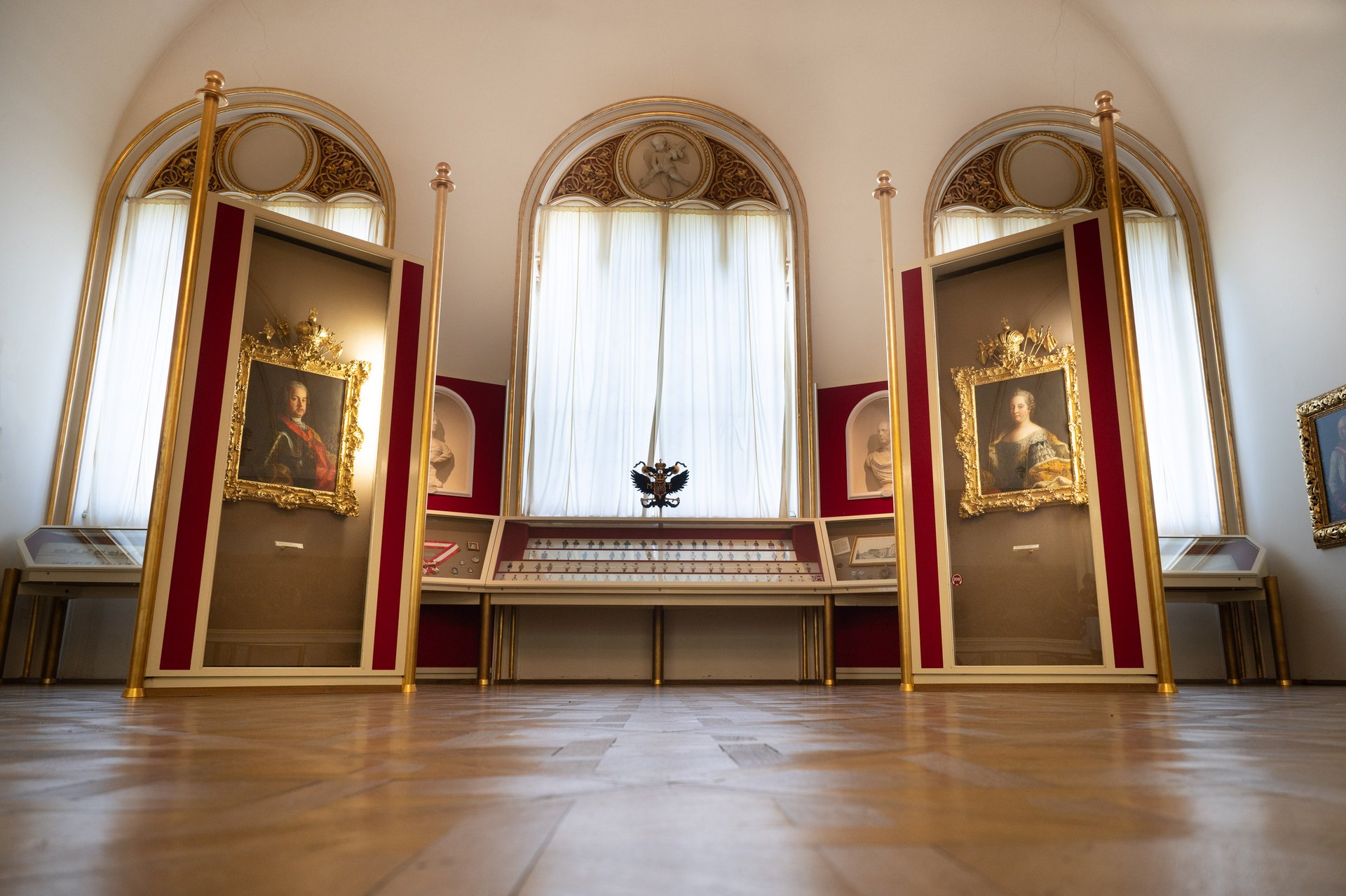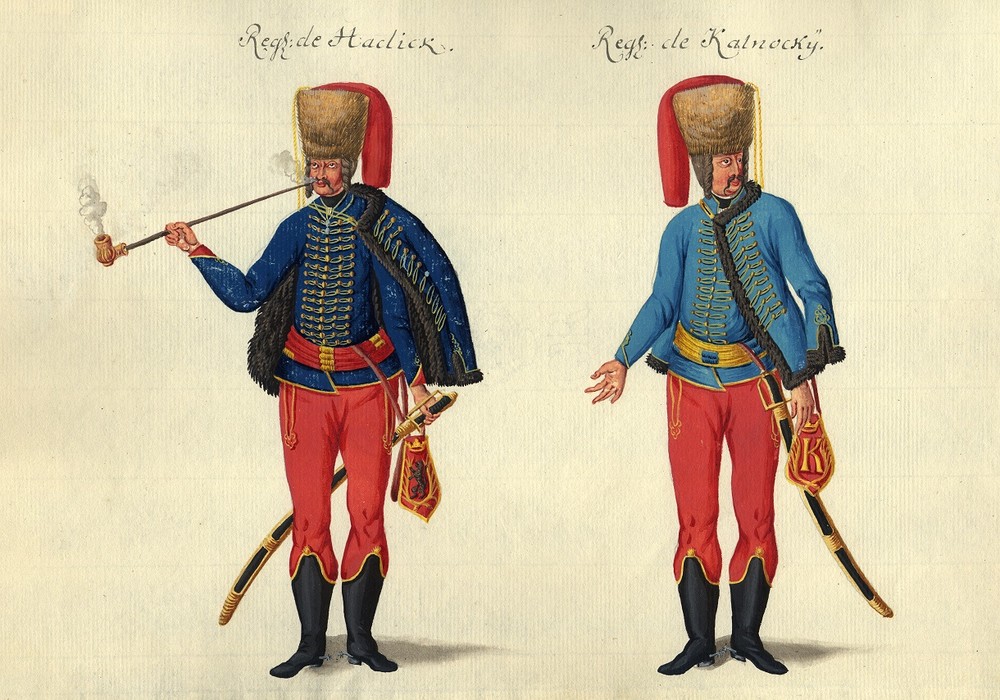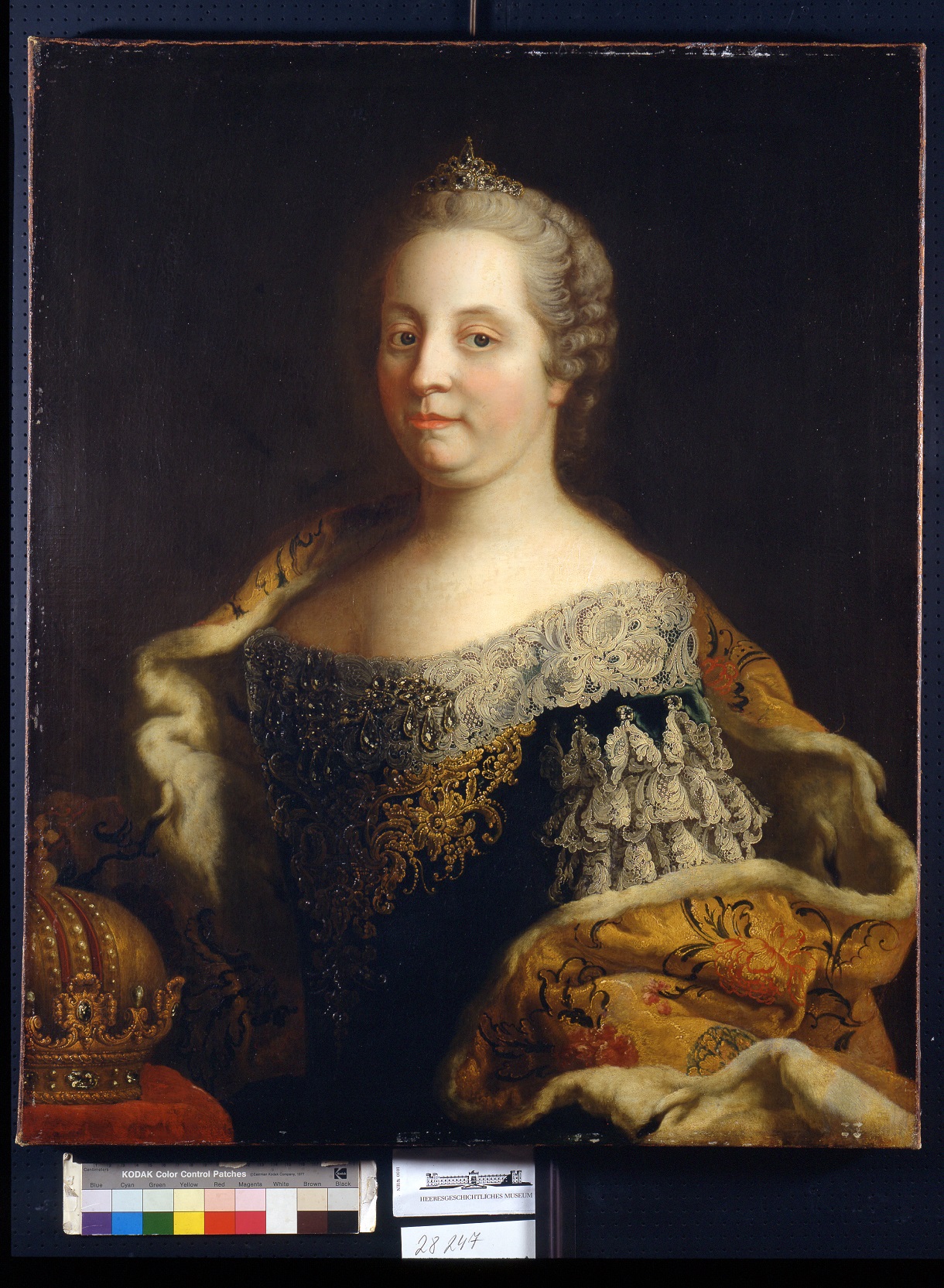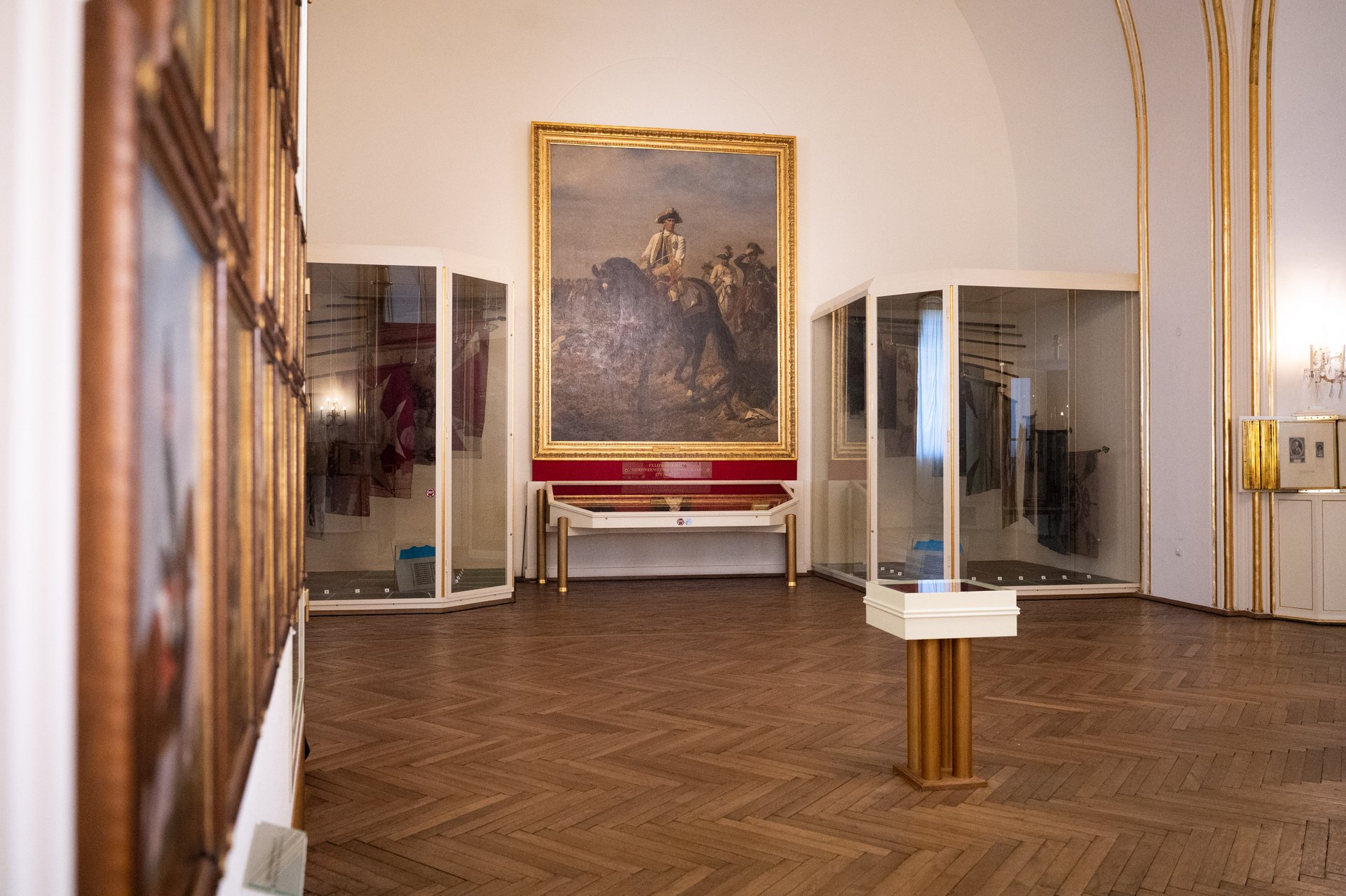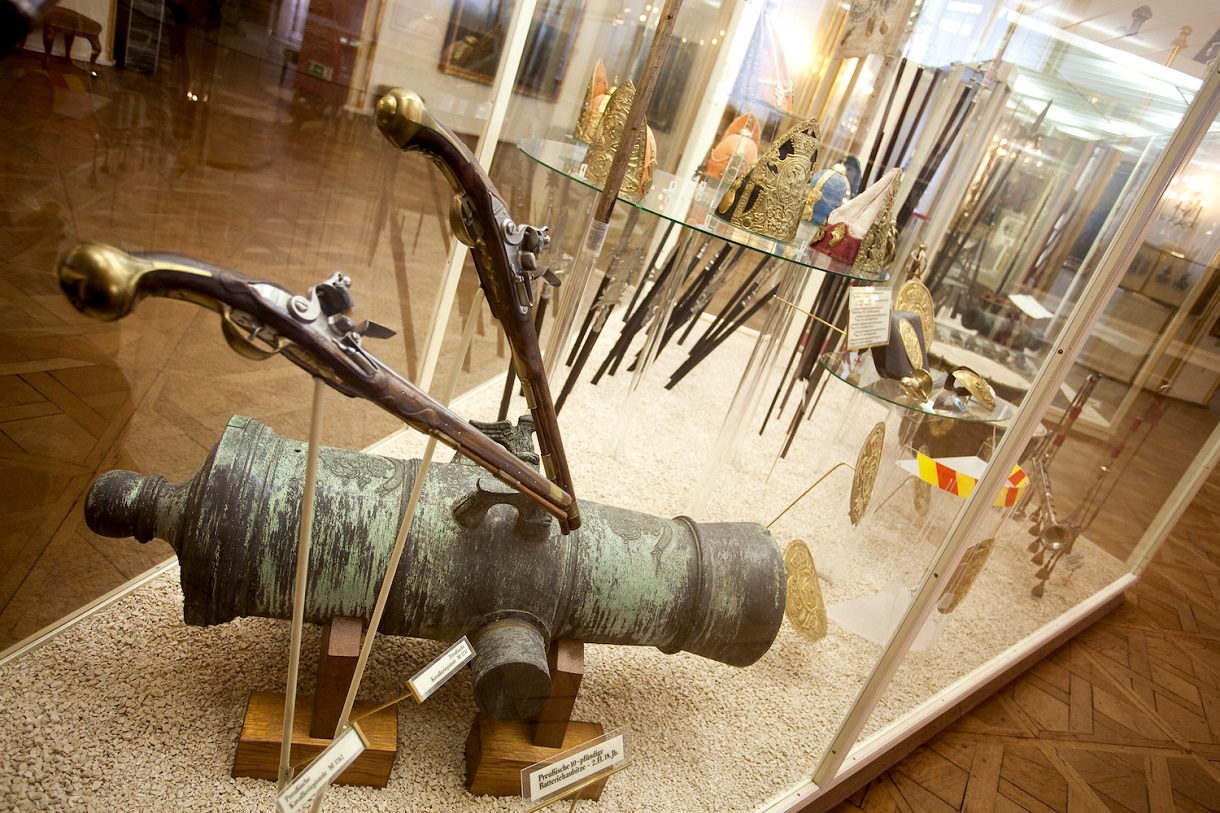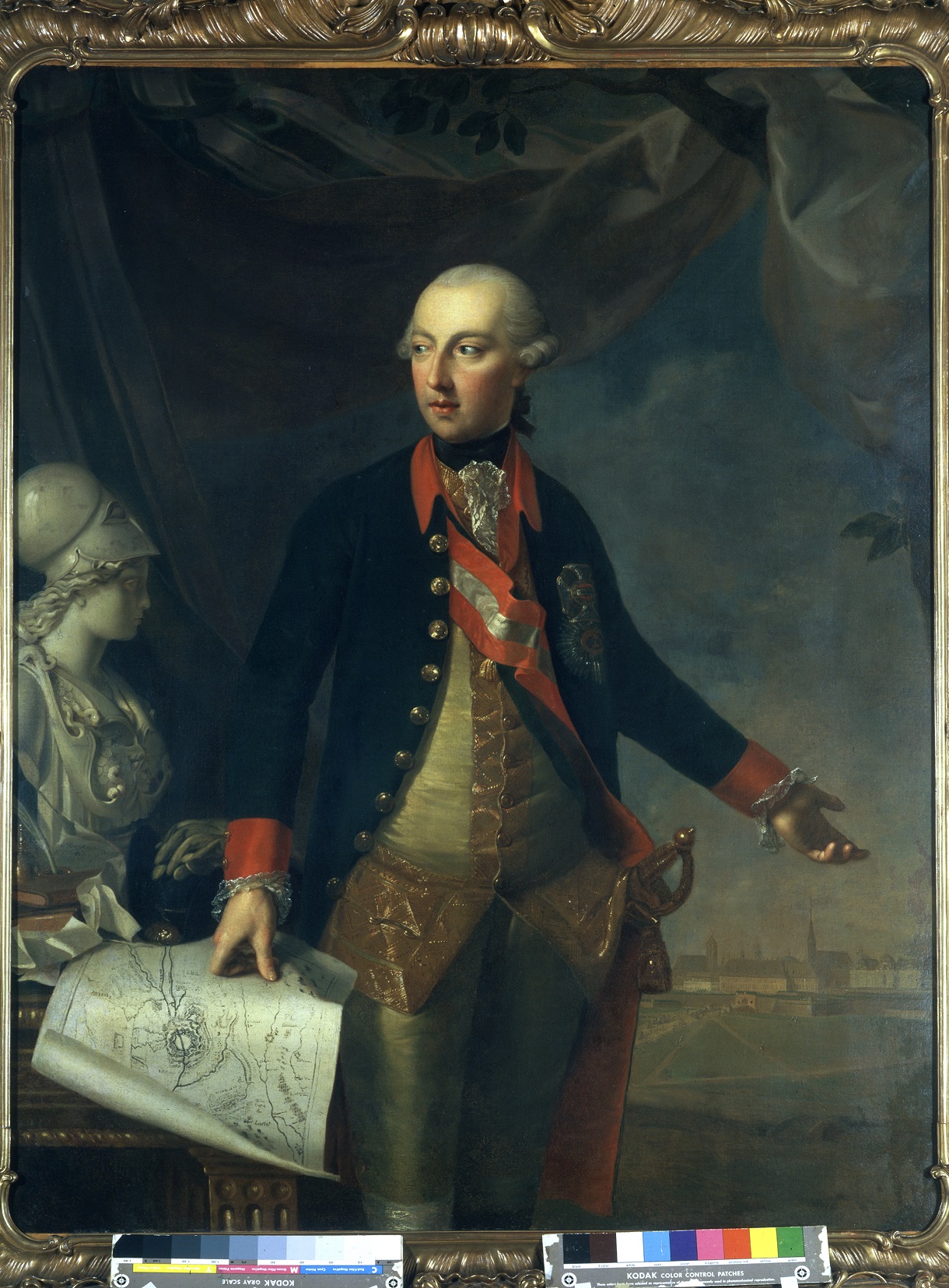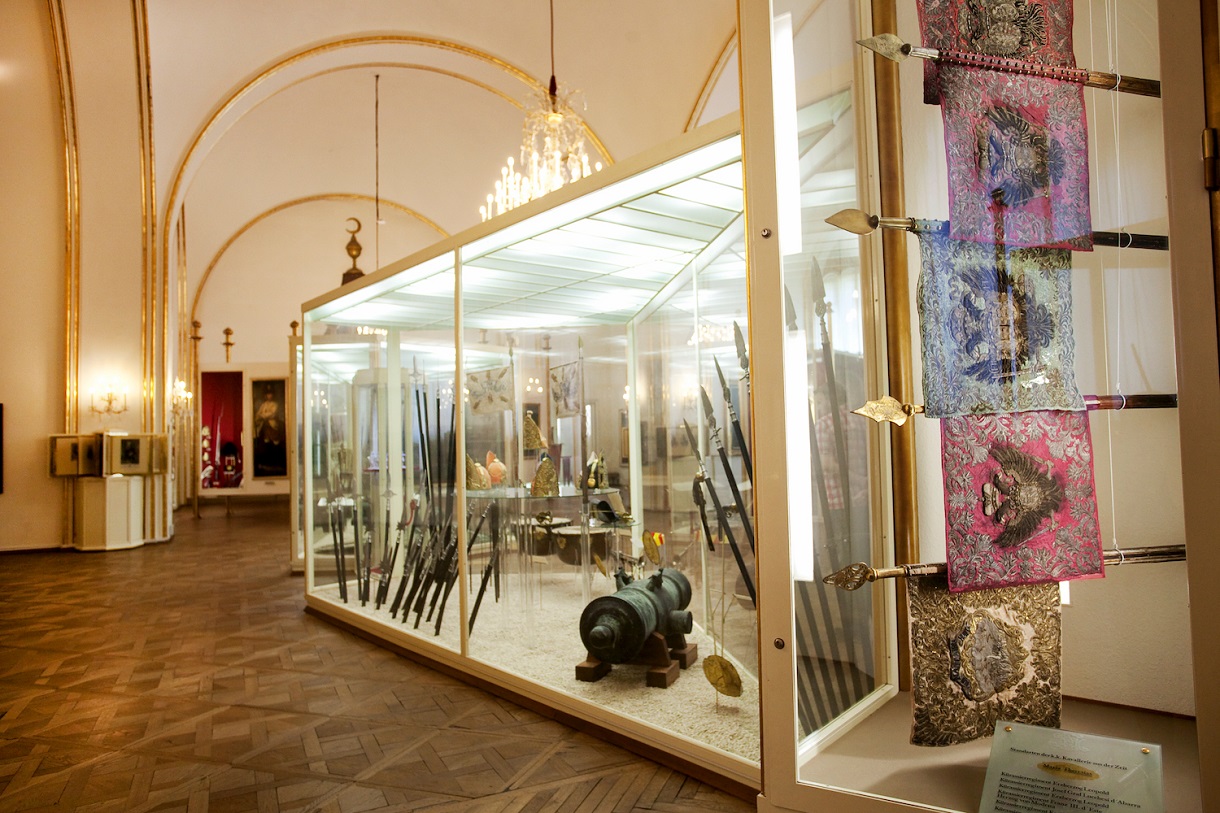Maria-Theresien-Hall (currently closed)
The 18th century
Download: Maria-Theresien-Hall
In addition to the challenge from the Ottoman Empire, French King Louis XIV (1638 - 1715) confronted the Habsburg Empire with his expansionist foreign policy.
As a result, four European wars were fought after 1670:
Franco-Dutch War (1672 - 1678)
War of the Reunions (1683/84)
Nine Years’ War (1688 - 1697)
War of the Spanish Succession (1701 - 1714)
During the War of the Spanish Succession, Prince Eugene was commander-in-chief of imperial troops in southern Germany, Italy and the Netherlands. He later fought another war against the Ottomans, which culminated in the victories of Peterwardein (1716) and Belgrade (1717) and concluded with the Peace of Passarowitz (1718), bringing major territorial gains.
The Habsburg Monarchy consolidated its position as a major European power on the foundation of Prince Eugene's battlefield success.
Maria Theresia (1717 - 1780): ruler and reformer
Having become a great power, the existence of the Habsburg Empire soon seemed to be at stake again.
From 1737 to 1739, emperor Charles VI waged another war against the Ottomans as an ally of Russia, resulting in the loss of most of the territories acquired in 1718.
War of the Austrian Succession
Charles VI had attempted to secure the inheritance of the Habsburg lands for his daughter Maria Theresia (1717 - 1780) through the Pragmatic Sanction - in vain: after her father’s death, Maria Theresia had to defend her realm against almost all her neighbours in the War of the Austrian Succession (1740 - 1748).
The most successful of her opponents was Prussian King Frederick II (1712 - 1786), to whom she eventually had to give the region of Silesia.
Maria Theresia then introduced reforms to bring about a necessary modernisation push as well as to make it possible to regain the lost territories. Special attention was paid to the army.
The monarch was fortunate to have capable generals such as Ludwig Andreas von Khevenhüller (1683 - 1744), Leopold Joseph von Daun (1705 - 1766) and Gideon Ernst von Laudon (1717 - 1790), as well as talented statesmen such as Franz Moritz von Lacy (1725 - 1801) at her side.
In the Seven Years' War (1756 - 1763), the Habsburg Monarchy succeeded in asserting its position as a great power, but the reconquest of Silesia failed.
Reforming the army
In the four decades of Maria Theresia's reign, the appearance of the imperial army changed as a result of a concerted drive towards uniformization and standardisation.
The founding of the Theresian Military Academy in Wiener Neustadt (1751) was an effort to raise the level of officer training. The establishment of invalid houses improved the situation of ordinary soldiers, who had previously been confronted with a particularly harsh fate when wounded or in old age.
In addition to "recruitment", usually only ostensibly voluntary, conscription was introduced in some parts of the monarchy, especially the Austrian hereditary lands, as a precursor to general conscription. It succeeded in raising the prestige of soldiers in general and officers in particular. The latter could now become noblemen as a reward for extraordinary achievements.
A particularly prestigious path to so-called "ennoblement" led via the Military Order of Maria Theresia, established in the Habsburg Monarchy after the victorious Battle of Kolin (1757). It was awarded for outstanding deeds undertaken on one's own initiative.
Joseph II and enlightened absolutism
The son of Maria Theresia and Franz Stephan of Lorraine (1708 - 1765), Joseph II (1741 - 1790), continued government reform both as co-regent (1765 - 1780) and as sole ruler (1780 - 1790). He went far beyond the reform goals of his mother and attempted to modernise the Habsburg Monarchy in the spirit of 'enlightened absolutism'.
However, strong tendencies towards centralisation, excessive regulation and the challenge to traditional elites led to increasing resistance against his policies in the last years of his reign.
